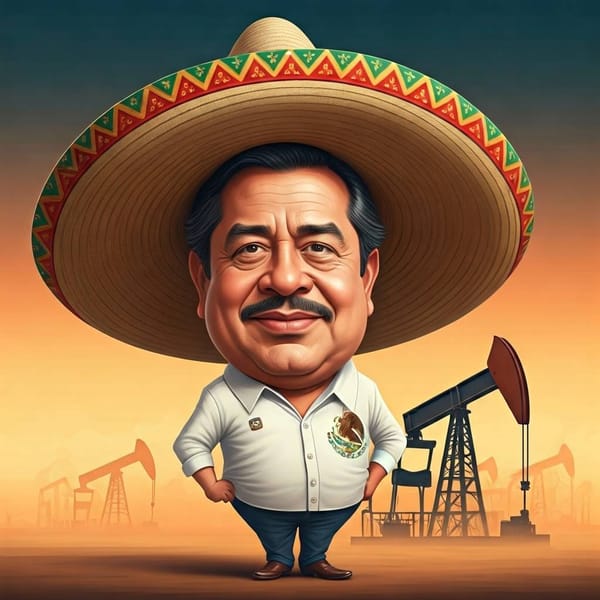How Hernán Cortés Outfoxed the Crown and Changed History
The encomienda was a Spanish colonial institution that granted indigenous labor to Spanish colonists. Encomenderos were supposed to protect and educate their indigenous charges, but often exploited them for personal gain.

The encomienda was one of those delightfully devious little arrangements that make you wonder if the Spanish conquerors were just power-hungry adventurers or if they held a secret postgraduate degree in bureaucratic oppression. For those unfamiliar, the encomienda system was essentially a state-sponsored exploitation mechanism where indigenous labor was siphoned off for the benefit of Spanish colonizers, all under the sanctimonious guise of civilization and religion. It originated in the Antilles, that sun-soaked cradle of conquest, and eventually spread its tentacles across the Americas, leaving behind a legacy of colonial ingenuity and indigenous misery.
But let’s not get ahead of ourselves. The whole thing didn’t just appear out of thin air, like a conquistador pulling gold from a headdress. It was, in fact, a bit of a compromise—a sordid love child born of necessity, greed, and a sprinkling of royal hypocrisy. The Spanish Crown initially balked at the idea. “The Indians are free and vassals of the king,” King Ferdinand the Catholic declared, presumably while seated on a gold-encrusted throne financed by other questionable colonial practices. But words are just that—words—and what Ferdinand said with one side of his mouth, Hernán Cortés managed to twist with the other.




